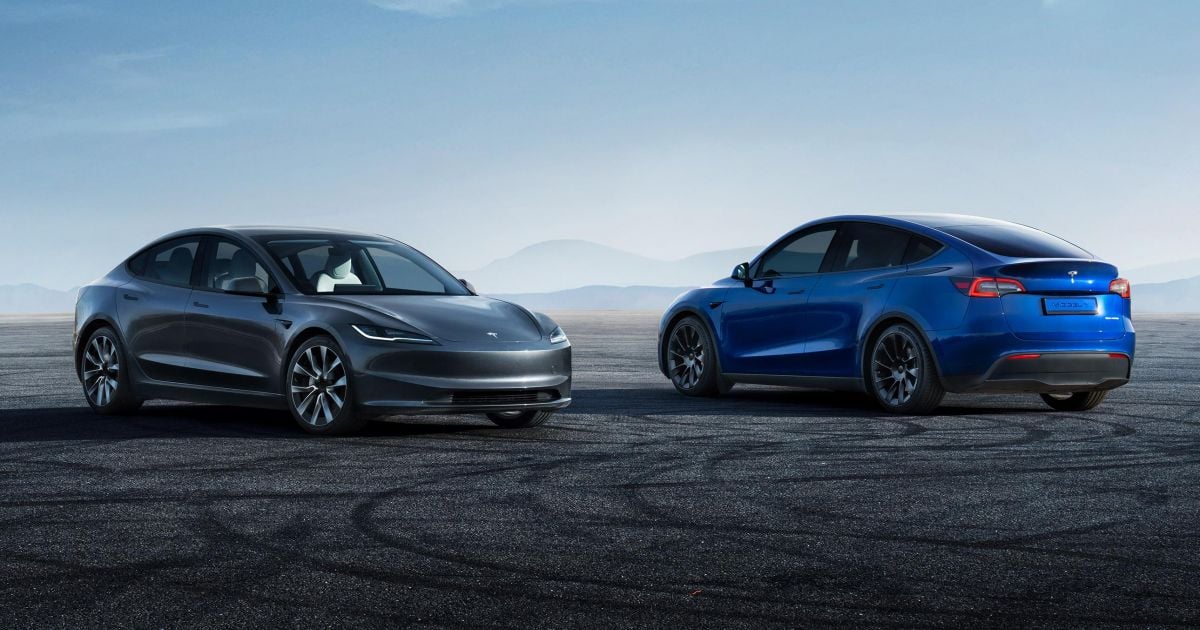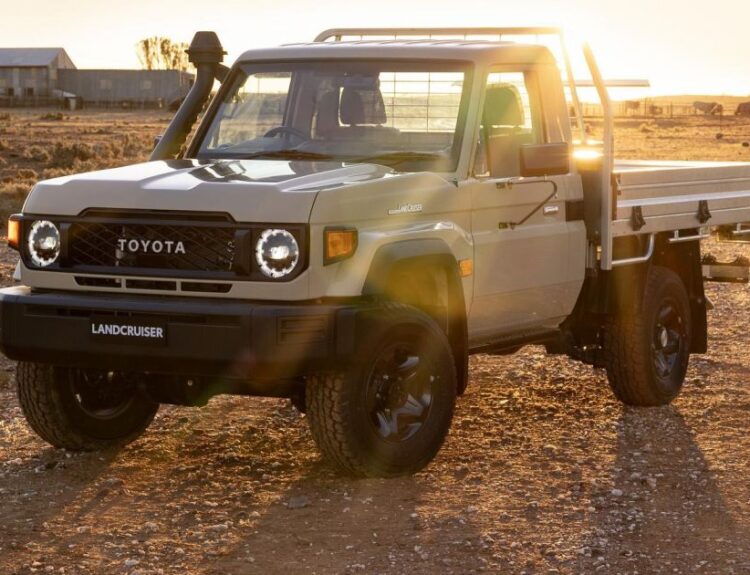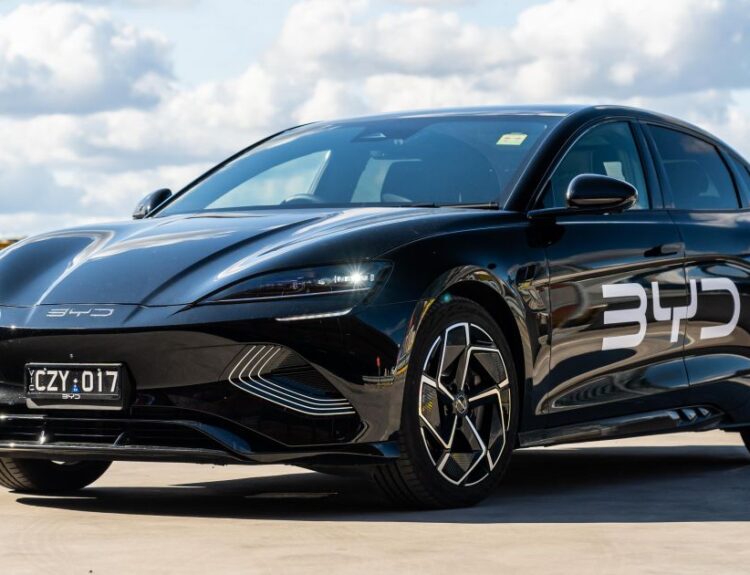In what has ultimately been a landmark year for new vehicle sales in Australia, the landscape was not devoid of challenges, as numerous brands reported considerable downturns in sales figures.
Market analysts employ two primary methods to gauge the largest sales declines: comparing the number of vehicles delivered in 2024 with those in 2023, and assessing the percentage decline across brands. A closer look at the latter method reveals some familiar names, with Jeep featuring prominently among the declines.
Conversely, examining total delivery figures unveils unexpected downturns for higher-volume marques such as Subaru and LDV.
Let’s delve first into the brands grappling with the most significant drops in delivery numbers.
Tesla
Once the champion of the Australian electric vehicle market in 2023, Tesla has faced a dramatic reversal in fortunes, sliding to the position of major loser in 2024. The company saw deliveries fall by 7,769 units to a total of 38,347, marking a decline of 16.9 percent.
This downturn came despite the introduction of an updated Model 3 at the year’s outset, which saw a modest sales dip of 1.5 percent. However, the substantial drop in Tesla’s sales can largely be attributed to the Model Y. Anticipation of an upcoming refreshed model has led many consumers to defer their purchases, contributing to a stark 26.1 percent decrease this year, even in light of multiple price reductions earlier in 2024.
MG
MG witnessed a 13.3 percent decline in deliveries, totaling 50,592 — a decrease of 7,754 units compared to the previous year. This marks the first annual drop for the brand since its resurgence under Chinese ownership in 2017.
This year saw the introduction of replacements for MG’s flagship models, but such transitions often result in temporary sales slumps. Although MG launched the new MG 3 in June with ample stock of its predecessor available through December, deliveries for the MG 3 fell by 18.6 percent. Similar figures were reported for the ZS and HS models, which saw drops of 22.7 percent and 44 percent, respectively. Conversely, the MG 4 electric hatchback experienced robust growth, recording a staggering 121.3 percent increase in deliveries.
Volkswagen
The managing director of Volkswagen Group Australia, Karsten Seifert, indicated back in October 2024 that the sales outlook for the year was not particularly promising, noting the need for improvement.
Following a significant sales surge of 41.5 percent from 2022 to 2023, Volkswagen experienced a 16.8 percent decline in 2024, losing 7,341 sales for a total of 36,480 vehicles sold. With a new Tiguan anticipated, the current model saw a staggering 37.2 percent drop in deliveries, along with considerable declines in other popular models. However, the Amarok and the Polo provided some solace amidst the downturn, showing increases of 26.8 percent and 132.1 percent respectively.
Subaru
Subaru’s deliveries dipped by 5,510 vehicles, reflecting an 11.9 percent decrease in 2024. The brand faced declines across all models, with the Crosstrek being one of the rare exceptions, achieving a 28.4 percent increase in sales.
Sales of the Forester, Outback, WRX, and BRZ all saw double-digit declines, indicating a challenging year for the brand overall. Although a new generation of the Forester is expected in 2025, the future product landscape remains uncertain.
LDV
After achieving record sales in 2023, LDV experienced a significant downturn, with deliveries falling by 5,276 units, or 24.8 percent, totaling 16,022 vehicles for 2024. This reduction occurred despite the launch of new models, including refreshed versions of the D90 and T60.
While there were pockets of growth, particularly with the MIFA people mover, the overall trend for LDV was decidedly negative as several models faced double-digit sales declines.
While there are brands with even steeper percentage declines, these figures pertain to lower-volume manufacturers.
Jeep
Jeep’s sales have been on a persistent downturn for nearly a decade, with the latest figures revealing a staggering 48.7 percent drop, totaling just 2,377 units sold. This is a stark contrast to its performance in 2014, when it sold over 30,000 vehicles.
The delayed introduction of the new electric Avenger meant it could only account for 79 deliveries this year, further complicating the brand’s recovery efforts. Jeep’s line-up is struggling to compete in the popular mid-sized SUV segment, and other models have similarly faced marked reductions in sales.
Ram
Despite retaining its title as the best-selling large American pickup in Australia, Ram’s overall deliveries plummeted by 43.6 percent in 2024. The 1500 model experienced a significant decline, as competition from Ford and Toyota intensified.
Ram is currently transitioning to an updated model range that features turbocharged inline six-cylinder engines, yet the effect of this change on sales figures remains to be seen.
Maserati
Maserati’s performance mirrored the industry trend, with nearly three-quarters of its sales coming from the Grecale. However, this vehicle saw a sharp decline, contributing to an overall drop in deliveries by 40.9 percent.
As Maserati phases out its Ghibli and Levante models, the future of its offerings appears increasingly uncertain.
Cupra
After a promising start, Cupra’s growth has stagnated, with 2024 deliveries falling to 2,339 units, representing a 39 percent drop. The Formentor, its flagship model, is expected to undergo a refresh, but the current slump raises concerns about the brand’s trajectory in Australia.
Skoda
Skoda also faced a challenging year, facing a 37.3 percent drop in overall sales, with that trend reflected across nearly all its models. However, anticipation mounts for new product launches set to arrive in 2025, which may reignite consumer interest.
This year’s figures paint a mixed picture for the Australian automotive market, revealing record sales overall but underscoring continued difficulties for several key players. Observers will be eagerly watching how these brands navigate the changing landscape in the coming year.
Source:www.carexpert.com.au





